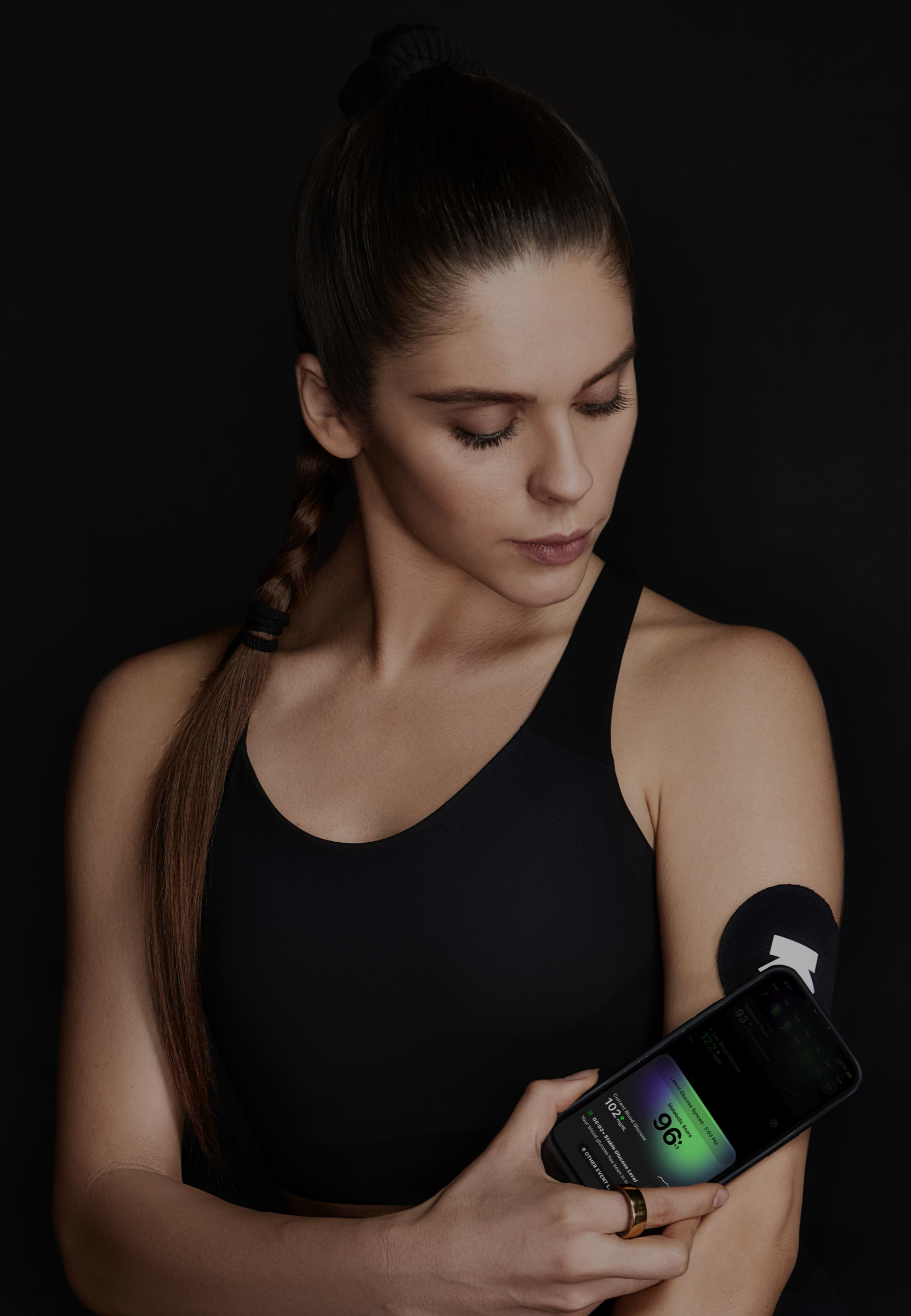
Wild Rice (Cooked) (1 Cup)
Lunch
147 mg/dL
avg. peak value
Usually causes a small spike
Avg. Food Score on Ultrahuman App
Ultrahuman Users got a STABLE response
Other related foods
How to consume Wild Rice (Cooked) without glucose spikes
Portion Control
Limit your serving size of wild rice to reduce the impact on your glucose levels.
Combine with Protein
Pair wild rice with lean proteins such as chicken, turkey, or tofu to slow down digestion and reduce glucose spikes.
Include Healthy Fats
Add a source of healthy fats like avocado, nuts, or olive oil to your meal to help stabilize blood sugar levels.
Add Non-Starchy Vegetables
Incorporate non-starchy vegetables such as broccoli, spinach, or peppers to add fiber and nutrients, which can help moderate glucose rises.
Use Vinegar-Based Dressings
Add a splash of vinegar or a vinegar-based dressing to your dish, as it can help control blood sugar levels.
Cook Wild Rice Al Dente
Avoid overcooking wild rice; consuming it al dente will result in a slower release of glucose.
Pre-Meal Activity
Engage in light physical activity like a short walk before meals to improve insulin sensitivity and reduce glucose spikes.
Stay Hydrated
Drink plenty of water throughout the day as it can assist in maintaining optimal blood sugar levels.
Mindful Eating
Eat slowly and mindfully to allow your body time to signal fullness and prevent overeating.
Meal Timing
Consider eating your wild rice earlier in the day when your body might more efficiently handle the carbohydrates.

Find Glucose response for your favourite foods
Explore OGDbDiscover
metabolic
health with M1
Ultrahuman M1 helps you measure the impact of food and activity on your body in real time through glucose as a biomarker.
Explore Ultrahuman M1Your cart is empty
Browse through our products and find something for you.
